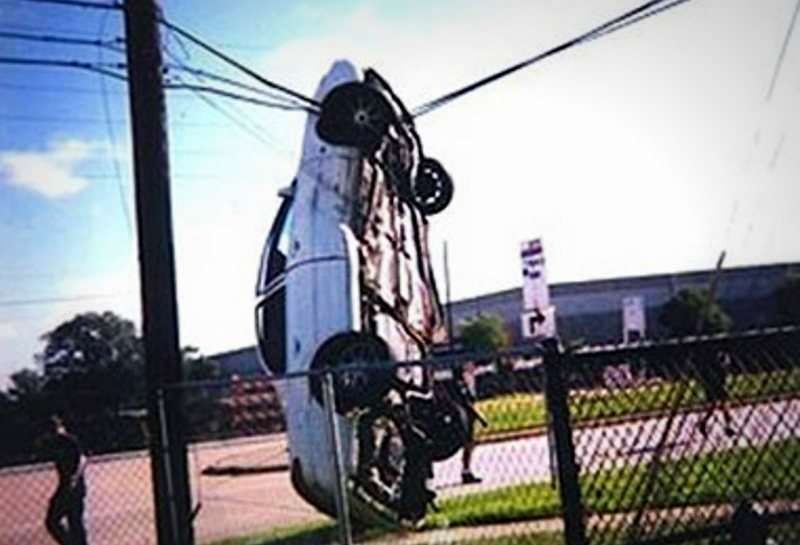Your Next Car Will Have a Rearview Camera, Whether You Want One or Not
- OurStudio

- Apr 1, 2014
- 2 min read

CC
Whether you're backing out of the garage in an SUV the size of a Balkan state or in a zippy little Prius, the government doesn't trust your ability to not maim Little Billy or Grandpa, who are apparently crawling around the driveway in their suburban-terrain ghillie suits. That's why the National Highway Traffic Safety Administration (NHTSA) is requiring vehicle manufacturers to include rearview camera systems in many vehicles starting in 2016 and expects full compliance by 2018.
"To reduce the risk of devastating backover crashes involving vulnerable populations (including very young children)," explains a report (PDF), the administration "is issuing this final rule to expand the required field of view for all passenger cars, trucks, multipurpose passenger vehicles, buses, and low-speed vehicles with a gross vehicle weight of less than 10,000 pounds." The field of view needs to be 10-by-20 feet directly behind the vehicle, which can only be achieved with a camera.
Just how devastating are these types of crashes? The NHTSA, which operates under the Department of Transportation, tallies 210 fatalities and 15,000 injuries every year. Each one of these incidents is tragic, but for a federal authority to issue broad regulations seems a little arbitrary, since about twice as many Americans die falling out of bed each year and four times as many die falling off household furniture. And America's war with lounging devices doesn't even scratch the surface of the top causes of death.
The administration predicts that the rearview camera rule will virtually wipe out the number of backover fatalities. In fact, official estimates say there will be only 13-15 deaths annually once the cameras become universal. They don't anticipate that to be reality for a few more generations of drivers, though. Phasing out cars without cameras is estimated to take until 2054 (at which point, presumably, the NHTSA will be struggling to regulate flying cars, or at least self-driving ones.)
Although the report claims that forcing the hand of manufacturers and consumers won't cost much, the rule has already been delayed several times, most notably in 2012 when Transportation Department Secretary Ray LaHood voiced skepticism of the requirement and House Republicans sent a letter to President Obama noting that at an estimated $2.7 billion, it was "one of the five most expensive pending U.S. regulations."




Comments